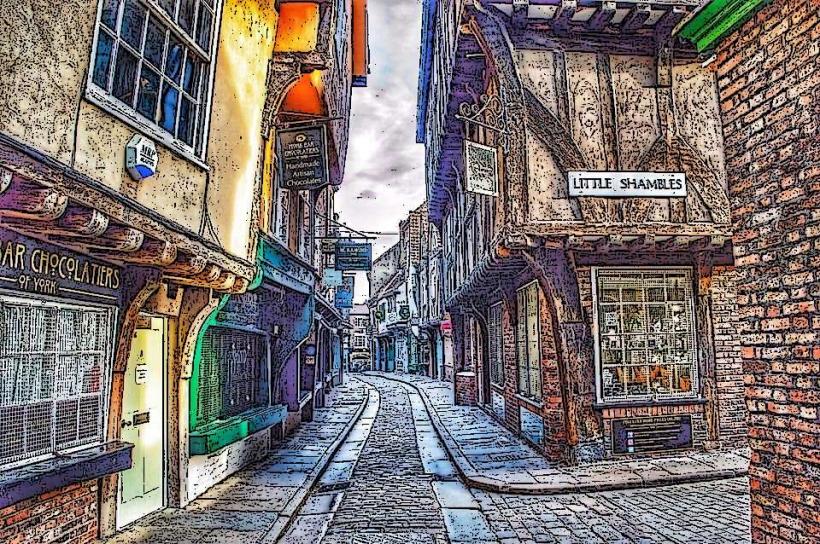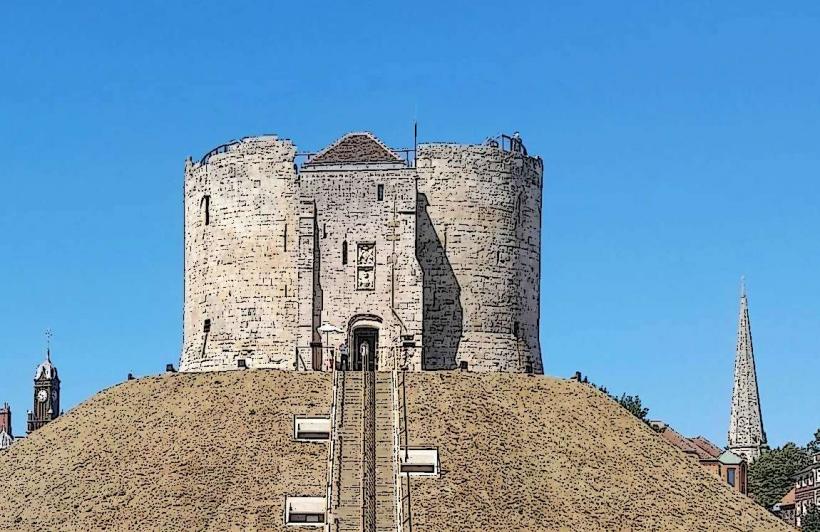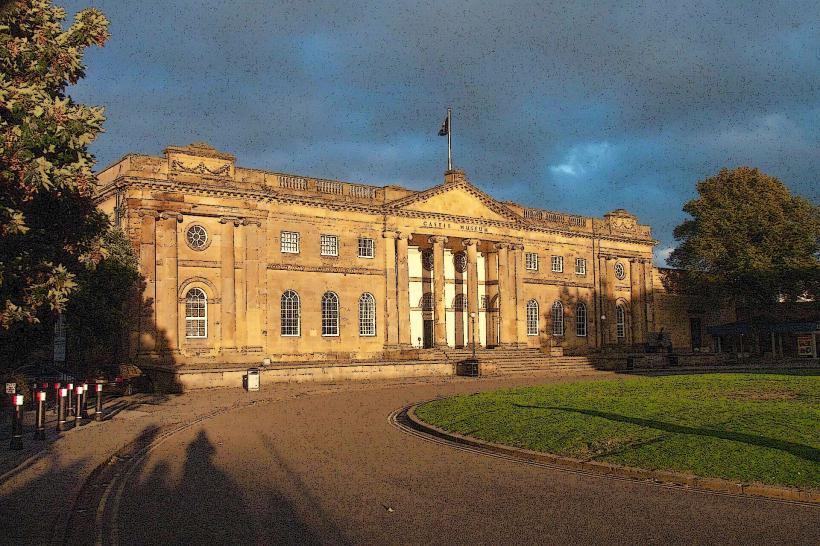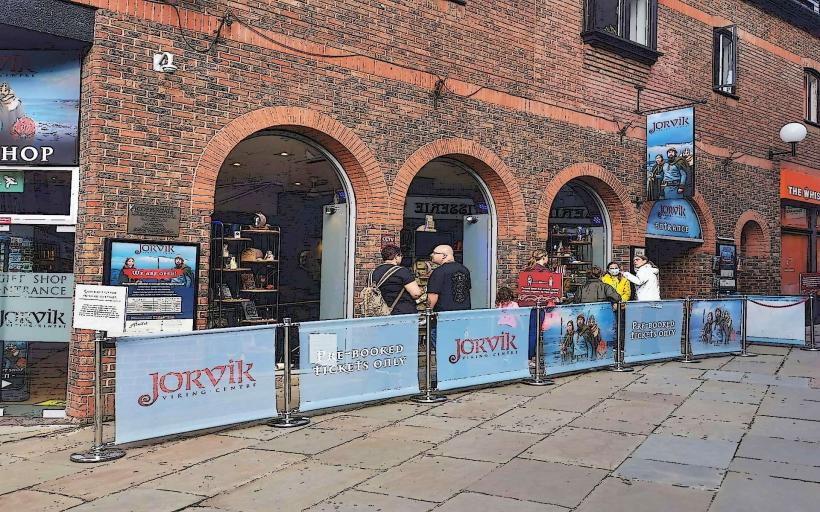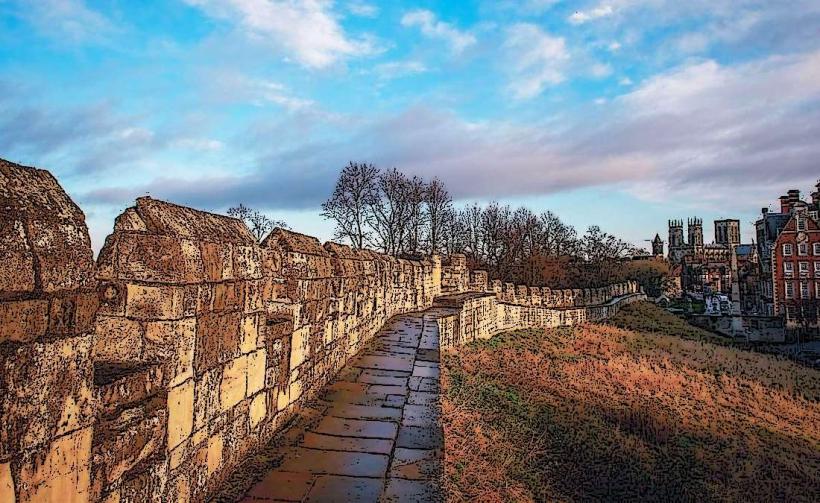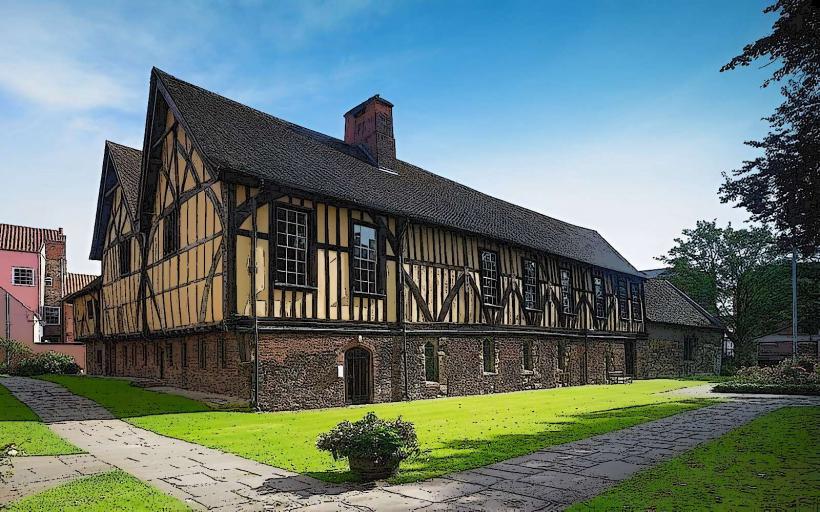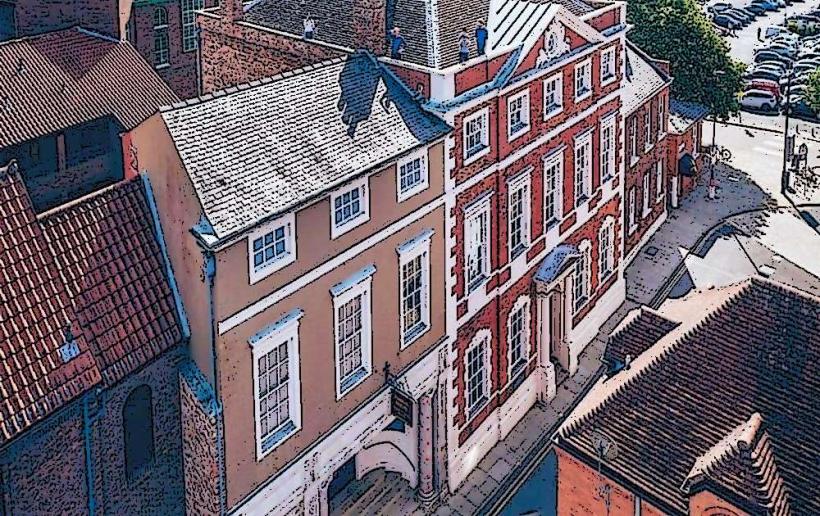Information
Landmark: National Railway MuseumCity: York
Country: United Kingdom
Continent: Europe
The National Railway Museum (NRM) is one of the most renowned museums in York, England, and a must-visit for anyone with an interest in railways, transport history, or engineering. It is the largest railway museum in the world and houses a vast collection of historic trains, locomotives, and railway memorabilia, making it an essential stop for history enthusiasts, families, and railway fans alike.
History and Origins
The National Railway Museum was officially opened in 1975, though its origins date back to the earlier part of the 20th century when the idea of creating a national railway museum was first discussed. The NRM was established as part of the British Railways' initiative to preserve the history of rail transport in the UK and highlight the cultural and economic significance of railways in shaping modern society.
The museum was originally housed in a large former railway station building, York's Station. Over time, the NRM expanded to include several new galleries, exhibition spaces, and even outdoor areas where large exhibits, including whole trains, could be displayed.
Collections and Exhibits
The National Railway Museum has an extensive collection of objects and exhibits, from iconic locomotives to historical railway memorabilia. The museum’s exhibitions cover the history of railways, the technology of trains, transport culture, and the impact of rail on modern society.
Key Highlights of the NRM's Collection:
The Great Hall:
The museum's main attraction is the Great Hall, where visitors can find some of the most famous trains in the world. Here, you’ll find an impressive array of locomotives and rolling stock from different eras in railway history. Some of the most notable trains on display include:
- The Flying Scotsman: This iconic steam locomotive is perhaps the most famous in the world. It first ran in 1923 and is a symbol of the Golden Age of Steam. It holds the record for the first non-stop train journey between London and Edinburgh and remains a beloved piece of railway history.
- The Mallard: This steam locomotive set the world speed record for steam locomotives in 1938, reaching a speed of 126 miles per hour (203 km/h). Its streamlined design makes it one of the most famous and recognizable engines in the world.
- The Royal Train: The NRM also has exhibits related to the British royal family, including the Royal Train, which has been used by monarchs for state occasions and personal travel since the mid-19th century.
Railway Cars and Coaches:
The museum also houses a variety of railway carriages and coaches, showcasing the different styles of train travel across the centuries. This includes passenger cars from different periods, reflecting changes in design, comfort, and technology.
The Shildon Locomotive Collection:
The Shildon collection is another important part of the NRM's holdings. It includes historical steam engines and industrial locomotives that played a key role in the development of railways in the UK and worldwide. This collection is housed at the museum’s satellite location in Shildon, County Durham.
The Innovation Gallery:
This gallery features the technological advances in railway engineering, from the early days of steam to modern innovations in diesel and electric trains. It highlights how railways have evolved in terms of design, efficiency, and environmental considerations.
Interactive Exhibits:
The National Railway Museum offers a variety of interactive exhibits aimed at engaging younger audiences and offering hands-on learning experiences. For example, visitors can try their hand at becoming a train driver on a simulated journey or explore the history of train stations and railway networks through digital displays.
The Development of Railways:
The museum explores how railways have transformed both local and global travel, from the advent of the first steam locomotives in the early 19th century to the modern high-speed trains like the Eurostar and Shinkansen (Japanese bullet trains). This history is illustrated through both large exhibits and detailed timeline displays.
Railway Models and Ephemera:
The NRM has a large collection of railway models, posters, and advertisements that showcase the cultural impact of rail travel. These pieces of memorabilia capture the nostalgia and commercial importance of railways during their peak years.
Railway Workshops:
Visitors can also see working examples of restoration projects, where museum staff and volunteers restore locomotives and carriages. The museum provides an opportunity to see the maintenance and restoration process up close, with the chance to learn about the skills required to preserve these historical artifacts.
Visitor Experience
Entry and Accessibility:
The National Railway Museum is a free-entry museum, making it accessible to everyone. Donations are encouraged, as they help fund the museum’s ongoing work in preserving and showcasing railway history. The museum is located near York railway station, which makes it easy to access by train or other forms of public transport.
Visitor Facilities:
The museum provides several facilities for visitors, including:
- Gift shop: A well-stocked shop with a range of railway-themed souvenirs, books, and model trains.
- Café: A café offering refreshments, snacks, and light meals, allowing visitors to relax and enjoy their visit.
- Educational Programs: The museum offers various educational programs and workshops for school groups, families, and enthusiasts, covering subjects from railway history to engineering.
Events and Exhibitions:
The museum hosts regular special exhibitions and events throughout the year, often linked to themes such as engineering, technology, and railway heritage. These may include temporary displays, expert talks, and interactive events like train-driving simulators and family-friendly activities.
Nearby Attractions:
While visiting the National Railway Museum, visitors can easily explore other attractions in York, such as York Minster, Clifford’s Tower, and the Shambles, which are all within walking distance. The museum is an excellent addition to a day exploring the city’s rich history.
Conclusion
The National Railway Museum is a treasure trove of railway history, engineering marvels, and cultural artifacts, making it a fascinating destination for all ages. Whether you are interested in locomotives, the technological evolution of trains, or simply enjoying the grandeur of historical railway exhibits, the museum provides a comprehensive and engaging experience. With its impressive collection of trains and its free entry, it is an essential stop for anyone visiting York.


